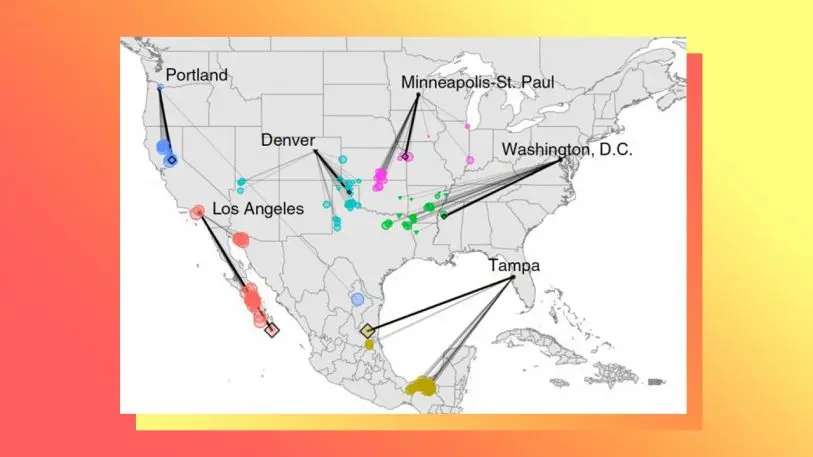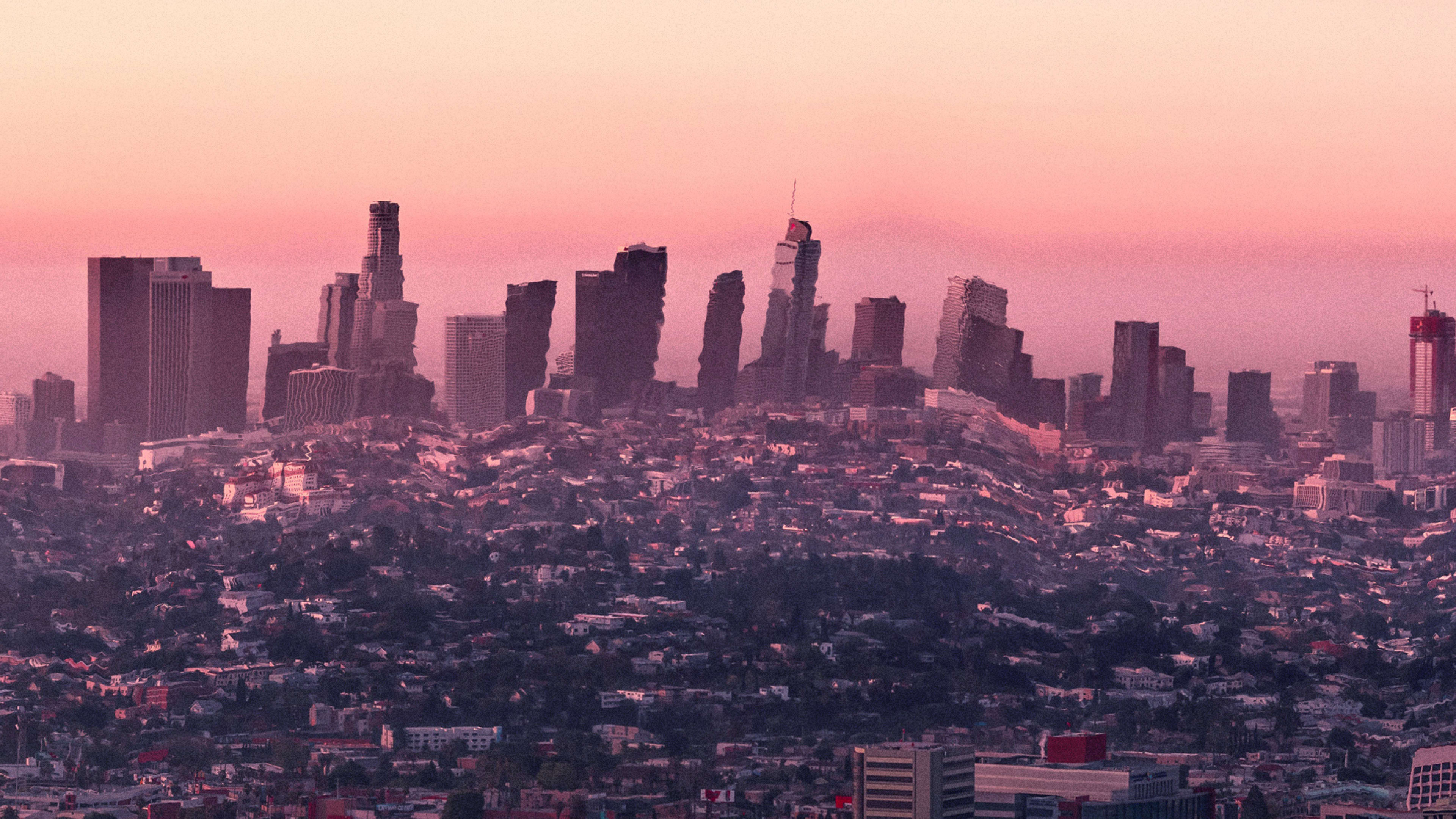Sixty years from now, Portland, Oregon could feel as hot and dry as the Central Valley of California. San Francisco could feel like L.A. New York City might become as warm and humid as Jonesboro, Arkansas; Jonesboro could feel like the Gulf Coast of Texas. Houston might get as scalding and rainy as Ciudad Mante, Mexico.
A new interactive map outlines how the climate could change in 540 North American cities if humans continue emitting greenhouse gases in a business-as-usual scenario–and what might happen if emissions peak in 2040 and then start to fall.

Others have created similar maps in the past; Climate Central, for example, mapped how much hotter certain American cities may be in the summer by the end of the century. The new map also looks at how precipitation may change, and considers a very large number of climate scenarios. “We’re doing this in a statistically robust way,” he says. It’s meant to very clearly illustrate the impact of the choices that the world makes now about moving to a zero-emissions economy.
“In both of these scenarios, these are pretty dramatic transformations of climate over the next 60 years,” Fitzpatrick says. “The reduced emissions aren’t as bad, but the high emission scenario is really bad. There are going to be some pretty dramatic changes if we follow that pathway.”
Recognize your brand’s excellence by applying to this year’s Brands That Matter Awards before the early-rate deadline, May 3.
